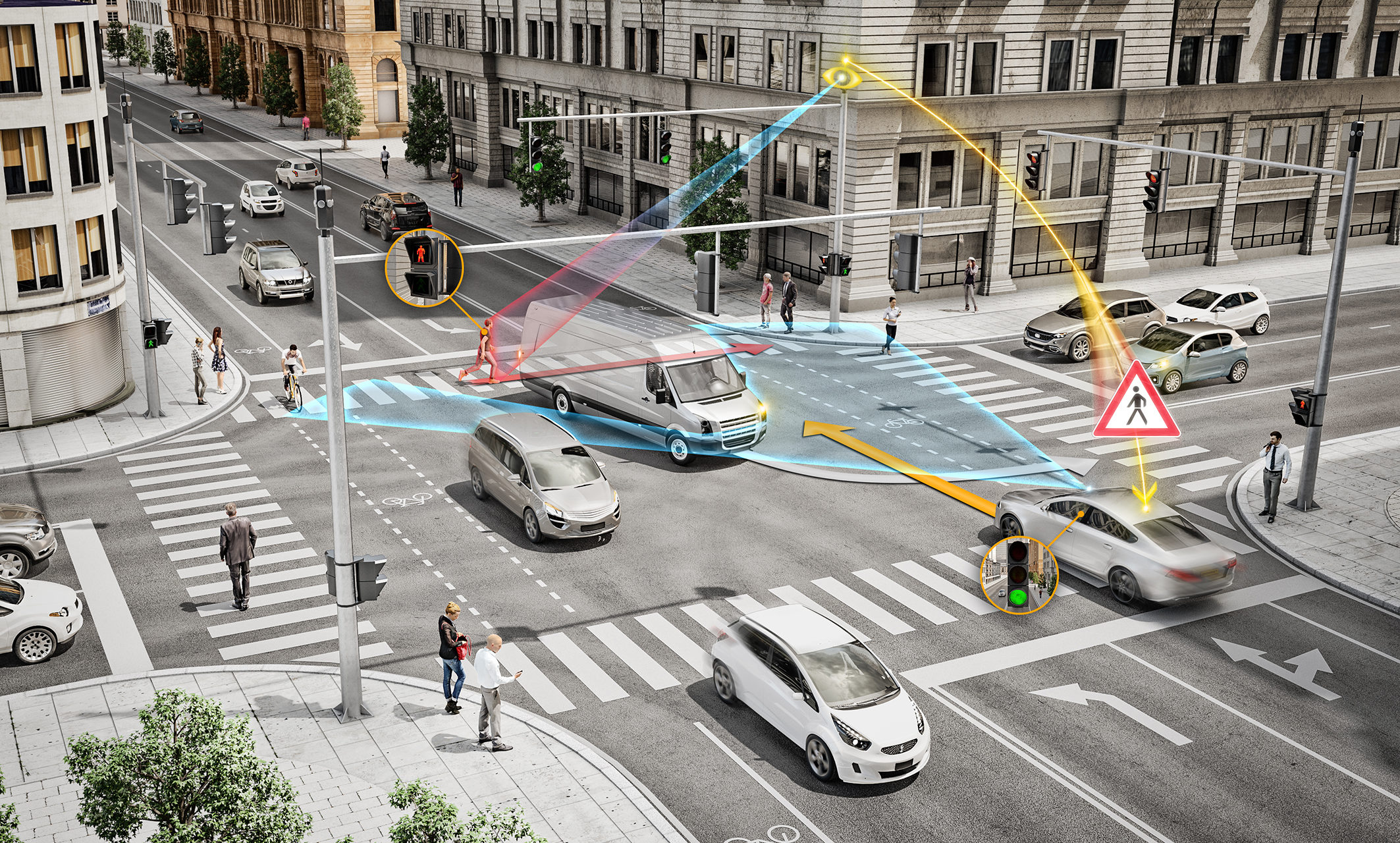The Intersection Of Civil Engineering And Intelligent Transportation Systems
Have you ever wondered why traffic comes to a standstill at intersections? Intersections are important components of roadway networks. They are the points where traffic flows from one road to another. However, they are also the points where traffic conflicts occur. In this post, we will explore intersection capacity, one of the vital aspects of transportation engineering. We will dive into the nitty-gritty of intersection capacity, how to measure it, and how to analyze it.
What is Intersection Capacity and Why is it Important?
Intersection capacity is the maximum number of vehicles that can pass through an intersection at a given time, under a given set of conditions. Higher intersection capacity means that more vehicles can go through without causing congestion.
A high intersection capacity is important for several reasons. Firstly, it ensures the smooth flow of traffic, which minimizes congestion, delay, and frustration among road users. Secondly, when intersections are congested, air pollution increases, thereby harming the environment, and increasing health risks. Thirdly, smooth traffic flow reduces the likelihood of accidents, which is critical for road safety.
How is Intersection Capacity Measured?
Intersection capacity is measured using the traffic flow theory. Traffic flow theory is based on the principle that the number of vehicles passing through an intersection depends on the space available, speed, and behavior of road users, and the time of the day.
The most common way to measure intersection capacity is to analyze the traffic flow and control devices, such as traffic signals or stop signs, at an intersection. Traffic flow can be analyzed by measuring the number of vehicles that pass through the intersection during a specific duration, and the length and speed of vehicles.
Factors Affecting Intersection Capacity
Several factors can affect the intersection capacity. The number and width of lanes available, the presence or absence of traffic control devices, the characteristics of turning movements, pedestrian crossings, and the surrounding land use, to mention a few.
For example, if an intersection has more lanes, it is likely to have higher capacity than an intersection with few lanes. Similarly, if the intersection has a dedicated lane for turning movements, it may increase the capacity of the intersection. Conversely, if there is a lack of pedestrian crossings, it may not only reduce the capacity but also increase the likelihood of accidents involving pedestrians.
How to Analyze Intersection Capacity?
Intersection capacity can be analyzed using various methods, including the use of microsimulation models, computer software such as the Highway Capacity Manual and Synchro, and manual calculations.
In manual calculations, the number of vehicles passing through an intersection during a specified cycle is measured, and a capacity calculation is done using mathematical equations. Traffic volume, speed, and the level of service (LOS) are the key variables used to measure intersection capacity.
Frequently Asked Questions (FAQs)
Q: What is the significance of intersection capacity in reducing traffic congestion?
A: Intersection capacity is critical in reducing traffic congestion. The more vehicles that can pass through an intersection efficiently, the less congestion there will be on the road network. This translates to better traffic flow, fewer delays, and less air pollution.
Q: How can I improve intersection capacity?
A: There are several ways to improve intersection capacity. Increasing the number of lanes for vehicles, providing dedicated turning lanes, and introducing roundabouts can help reduce congestion. Another way to improve capacity is to optimize the timing of traffic signals, which can reduce the amount of time that drivers spend waiting at intersections.
Q: What is the level of service (LOS) in intersection capacity analysis?
A: The level of service (LOS) is a measure of how well the intersection is functioning, and it is typically used in intersection capacity analysis. LOS is determined by the amount of delay that drivers experience while passing through the intersection. The more delay drivers experience, the lower the level of service.
Conclusion
Intersection capacity is a vital aspect of transportation engineering. It plays a significant role in ensuring the smooth flow of traffic, reducing congestion, and enhancing road safety. By understanding the factors that affect intersection capacity and employing the appropriate analysis methods, transportation engineers can design and manage intersection infrastructure that will help improve traffic flow and reduce accidents.
We hope this post has helped you understand the basics of intersection capacity. For more information on transportation engineering, be sure to check out other informative resources in the engineering design community.


Post a Comment for "The Intersection Of Civil Engineering And Intelligent Transportation Systems"